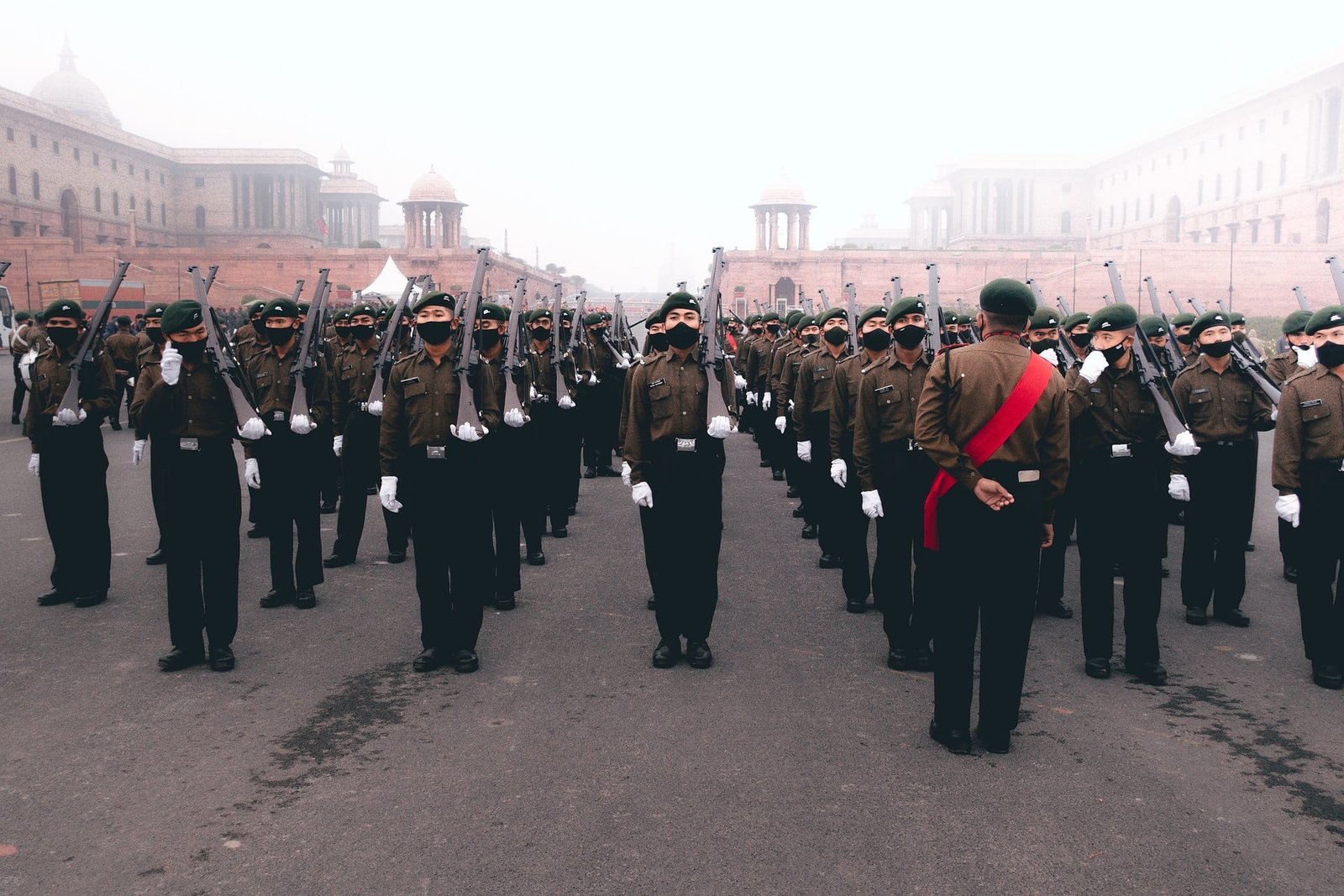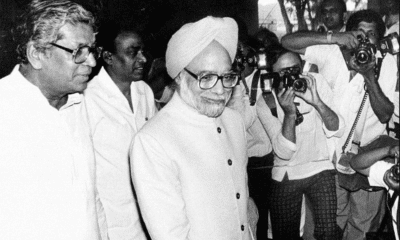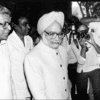Analysis
The Controversy Surrounding Agniveer Benefits, a Comparative Analysis
The Agniveer scheme, introduced with much fanfare, has recently been thrust into the spotlight following allegations by Rahul Gandhi, Leader of Opposition in Lok Sabha. He claimed that the family of Agniveer Ajay Kumar, who tragically lost his life in a landmine blast in January, did not receive the promised financial assistance from the government. This has ignited a broader debate about the adequacy and fairness of the benefits provided to Agniveers compared to regular soldiers. Unusual to see, but even the Indian Army jumped in with a clarification.
Government’s Stance and Opposition’s Allegations
Defence Minister Rajnath Singh assured Parliament that any Agniveer killed in the line of duty would receive a compensation of Rs 1 crore. However, Gandhi accused Singh of misleading the House, prompting a detailed response from the Army. According to the Indian Army’s statement, the family of the fallen Agniveer is entitled to a total compensation of Rs 1.65 crore, which includes Rs 48 lakh and Rs 50 lakh as insurance from the central government and financial institutions, respectively, along with other emoluments and ex gratia payments. Despite this, the controversy persists, with significant public and political scrutiny over the nature and sufficiency of these benefits.
Breakdown of the Compensation Package
The government and the Army outlined the following components in the compensation package for Agniveers:
- Rs 48 lakh from the central government insurance
- Rs 50 lakh from financial institutions under an MoU
- Rs 44 lakh as ex gratia
- Rs 8 lakh from the Army welfare fund
- Rs 13 lakh as balance of pay until completion of tenure
- Rs 2.3 lakh as Seva Nidhi, a contributory scheme for Agniveers
The government has positioned this package, totalling Rs 1.65 crore, as a comprehensive financial safety net for the families of fallen Agniveers.
Criticisms and Comparisons
Critics, including veterans like Col Amit Kumar, argue that the benefits for Agniveers fall short compared to those for regular soldiers. Col Kumar highlighted several key discrepancies in a detailed comparison shared on social media:
Pension and Family Pension: Regular soldiers’ families receive lifelong pensions in the event of death during or after service, a benefit not extended to Agniveers.
Disability and Invalid Pensions: Regular soldiers are entitled to pensions for disabilities incurred on duty or otherwise, which are unavailable to Agniveers.
Medical Facilities: Regular soldiers and their dependents can access comprehensive medical facilities during and after service. Agniveers do not have this extended coverage.
Status and Allied Benefits: Regular soldiers enjoy various status-related benefits, including “Death in Action” recognition, which provides additional privileges and support. Agniveers, however, do not receive the same recognition and benefits.
Financial Adjustments: Regular soldiers benefit from allowances like Dearness Allowance to protect against inflation, which Agniveers do not receive.
Was expecting this kind of gesture under political pressure. But reminding the statment made by @rajnathsingh categorically stated 1 crore is given by the Govt to the Agniveer. Insurance money is 48 lakh and not comes under the definition of awards or rewards. Now compare the… https://t.co/oqtDwOD3Li pic.twitter.com/UpDodSdajP
— Col Amit Kumar 🇮🇳INDIAN COMRADES 🇮🇳 (@ColAmitkumar) July 3, 2024
Equal Work, Unequal Benefits
The core of the controversy lies in the principle of equal work but unequal compensation. Agniveers and regular soldiers undertake similar tasks and face comparable risks, yet the benefits provided to Agniveers are significantly less comprehensive. This disparity has fueled debates about fairness and the government’s commitment to adequately supporting its defence personnel.










































